Previous
Artificial art: what will we be displaying in our homes in ten years’ time?


Your dream house is one step away from you.
Subscribe to our newsletter and get 10% off orders of at least 100€!
Enjoy it and don’t miss out on our offers and updates.


In 2016, Domino’s made the first pizza delivery from the sky, while Amazon delivered a Fire Stick and a bag of popcorn to a customer’s garden just thirteen minutes after ordering, by lowering them from above. How? With drones, obviously.

The idea of using drone technology to make deliveries began to circulate sometime around 2013 or 2014, but it’s very hard to find facts everyone agrees on. In fact, the first flights were mostly experiments that didn’t always end well and so were not continued, or attempts to smuggle contraband items into prisons.
Because of this, even before postal-drone systems became established, in 2015 the United States Federal Aviation Administration prohibited the delivery of any kind of package within the country, and this ruling is still in place. Hampered by the legal difficulties, many US companies such as Amazon, Domino’s and DHL decided to experiment elsewhere or on the sly.
And although getting our dinner delivered while it’s still hot remains a dream, in the meantime it’s starting to come true: there are already drones delivering medicines in Rwanda and post in Provence.
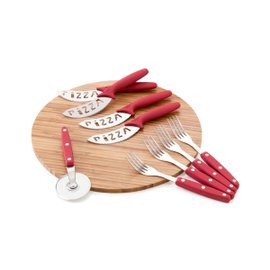
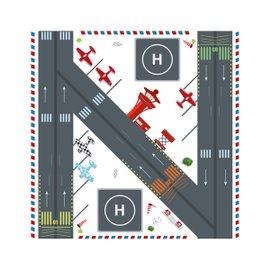
It’s called Amazon Prime Air and, to use the service, you’ll need an account and a landing pad with the Amazon logo. And to live fairly near a depot, sadly.
Indeed, one of the main problems with the use of drones is their lack of autonomy: they can’t travel too far from their take-off point, and they need to return to it too. Bear in mind that to enjoy the thirteen-minute delivery Amazon boasts of for its first attempt, the customer lived in the same area as the UK depot in Cambridgeshire.
You must definitely, on the other hand, have access to a garden where you can install your arrival point: the drone will drop your package only when it sees and recognises the logo printed on the special large pad, designed to cushion its fall. And neighbours who are not too intrusive, if possible.
To get round the problem of autonomy, DHL and Project Wing - Google’s system - have opted to combine wheeled transport with the use of drones. In this way, the (human) courier only has to drive to a certain point in the journey and launch the drones straight from the truck to complete the delivery.
The aim is to reduce fuel costs and the time required by constant changes in direction for a road vehicle, and it also allows access to isolated or inaccessible areas, or places where road travel is temporarily cut off. The drone built by Project Wing, for example, succeeded in delivering a first aid kit, food and water to remote farms in Queensland, Australia.
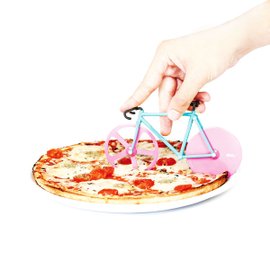
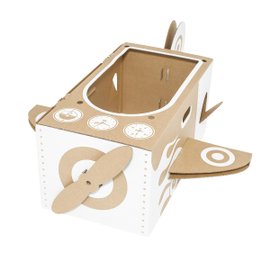
In flight, drones find their way by using the GPS system. On the ground, Piaggio decided to exploit the same technology to create a new way of getting your lunch to you: it’s called Gita.
It’s a kind of robot-luggage device which can follow you or move along a pre-set course, to bring you anything you might need - or anything you forgot when you left for work this morning.
In response to anti-drone laws, Piaggio Fast Forward - the division that deals with mobility and the future - decided to reinvent road delivery. Gita can transport up to 18 kilos and move at 35 km/h; and it’s emission-free.
And so the future of deliveries will not only be in the hands of robots, but will also pay attention to the environment and the use of resources. I’m not giving you an excuse to leave your umbrella and lunch at home, but at least in a few years’ time you’ll be able to forget them with a lighter heart. And with a portable Amazon landing pad, naturally.
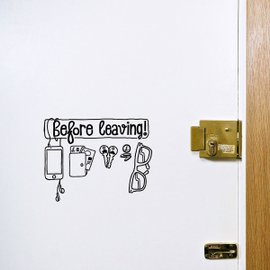

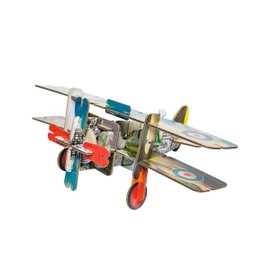
Dining
Brandani
Lilipinso
Kids
Hu2
Antoine Tesquier Tedeschi
Home Accessories
Gifts
Studio ROOF
Doiy
Happy Brunch Express Delivery
Top brand of the Table
Flatout Frankie
Sarah Gardner

 Back to
Back to
Size*
Quantity*




